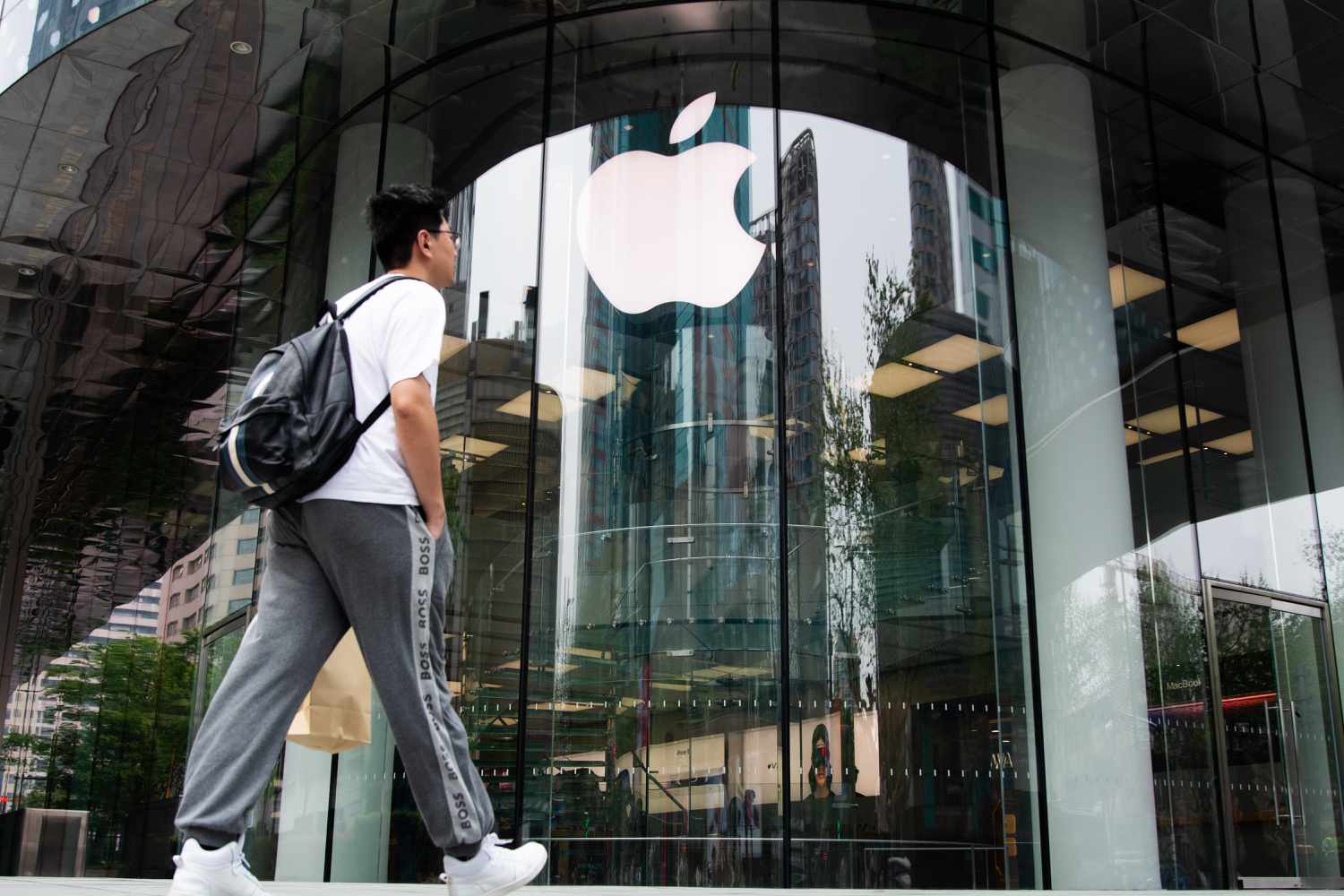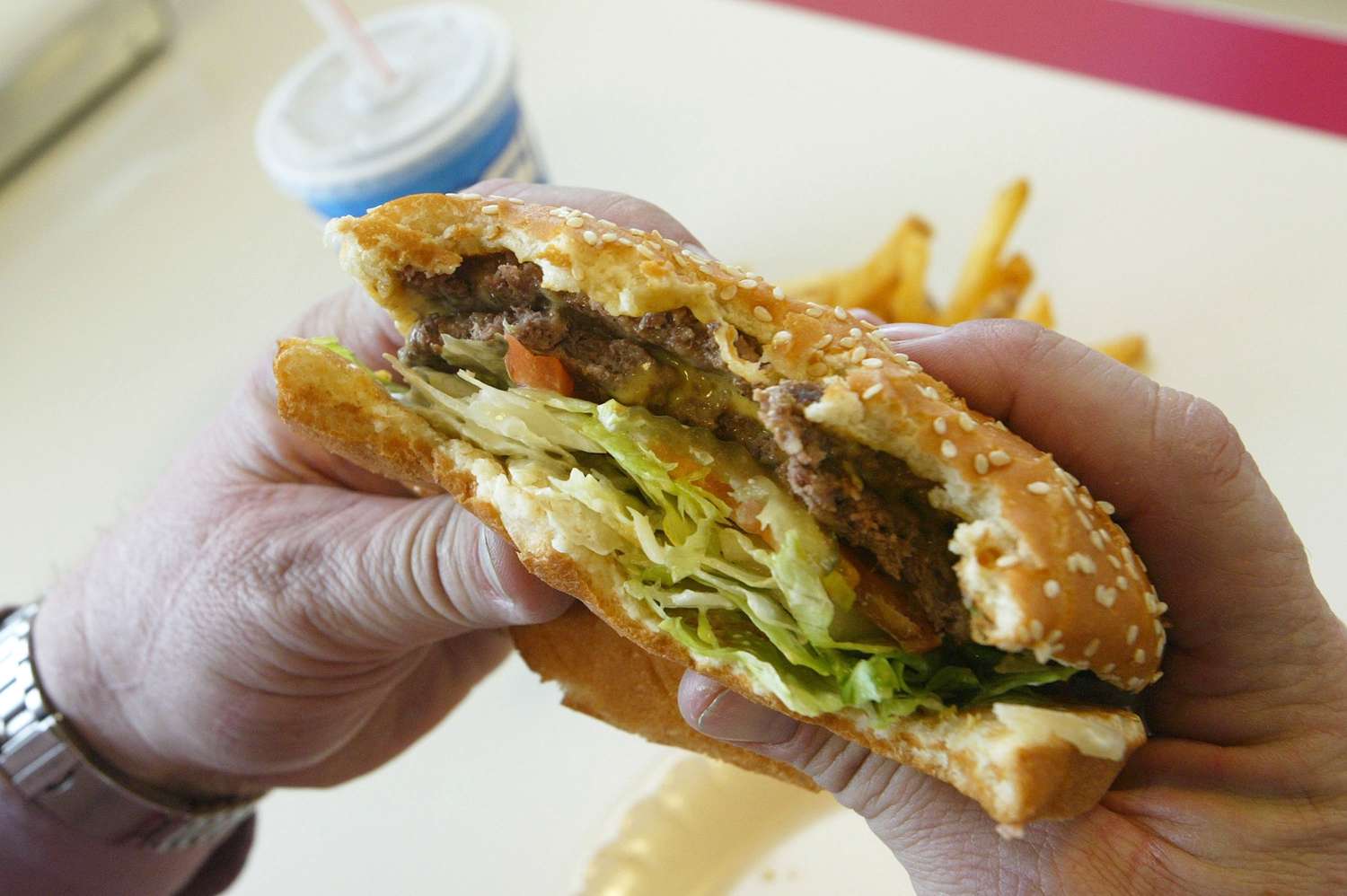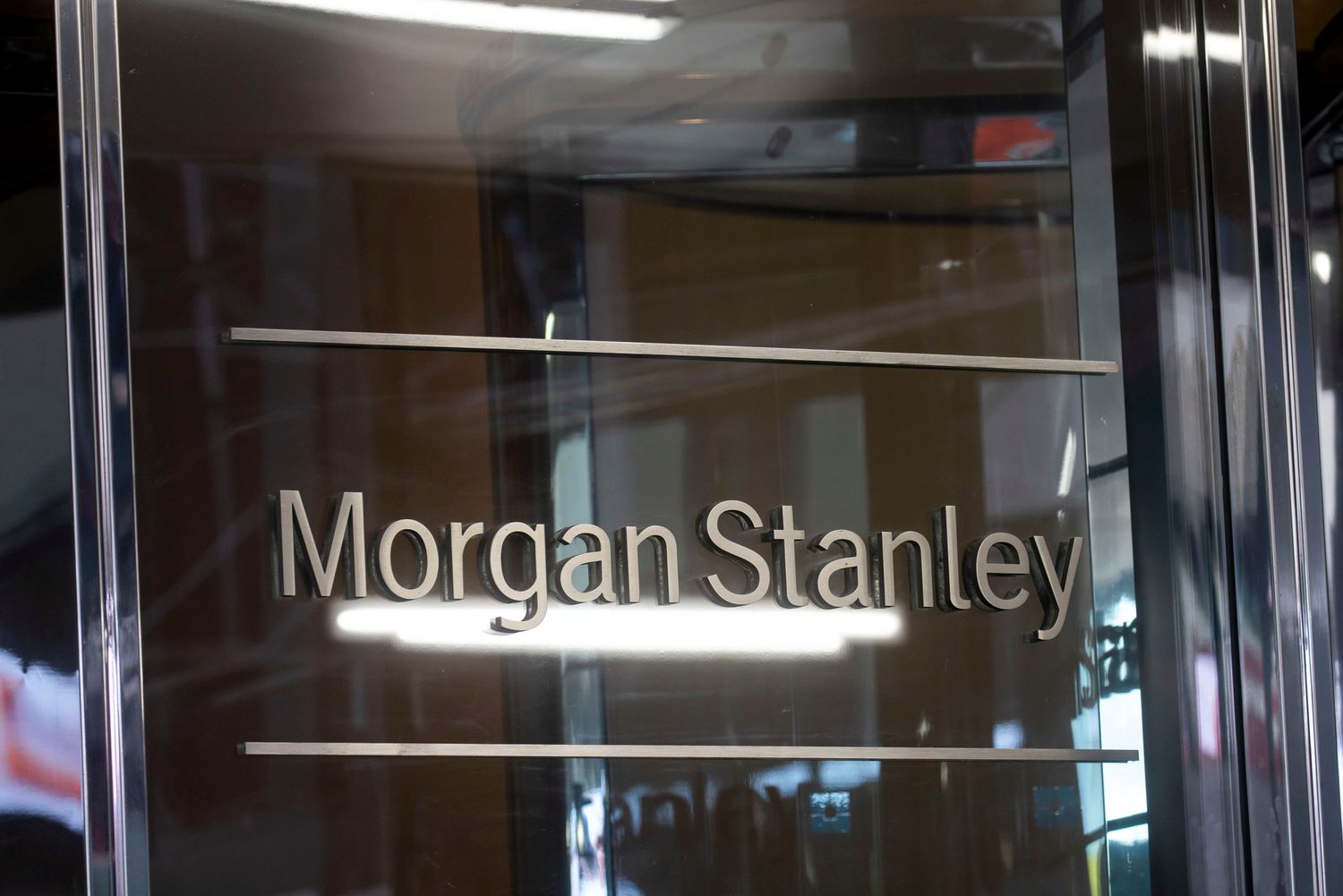In a letter to Berkshire Hathaway Inc. (BRK.A) shareholders, legendary investor Warren Buffett once posed a deceptively simple question: “If you plan to eat hamburgers throughout your life (and are not a cattle producer), should you wish for higher or lower prices for beef?” The answer is lower, of course. Yet, according to Buffett, this question cuts to the heart of how investors should also think about markets and investing.
The “hamburger quiz” illustrates Buffett’s gift for making complex financial concepts accessible through everyday analogies. His point was clear: just as consumers should prefer lower prices for items they buy regularly, long-term investors should try to see market declines as opportunities, not disasters. We discuss why below—and it’s not about timing the market.
Key Takeaways
- In a letter to shareholders, Warren Buffett once asked if they would prefer their hamburgers to be cheap or expensive.
- If you answer “cheap,” he argues, you should also prefer lower-priced stocks.
- While not a perfect analogy, the insight holds that market downturns should be seen as opportunities.
The Hamburger Principle Applied to Markets
Buffett’s analogy connects our understanding of consumer behavior to counterintuitive market psychology. We instantly recognize that lower beef prices benefit hamburger consumers. Yet when stock prices fall, most investors tend to panic rather than scope out the bargains.
He continues with another metaphor: “Likewise, if you are going to buy a car from time to time but are not an auto manufacturer, should you prefer higher or lower car prices? These questions, of course, answer themselves.”
However, Buffett says many investors have the wrong answer when faced with their own version of the hamburger test. “Even though they are going to be net buyers of stocks for many years to come, they are elated when stock prices rise and depressed when they fall. In effect, they rejoice because prices have risen for the ‘hamburgers’ they will soon be buying.”
Tip
Many investors regularly check their portfolio , feeling better or worse as markets rise and fall. Fighting this natural response demands both intellectual understanding of Buffett’s principles and emotional resilience.
Eating vs. Investing
There are, of course, fundamental differences between consuming and investing, with each having entirely different purposes and the means for doing so.
Consumption goods like hamburgers provide immediate utility but no future return. Their value is realized through use, with nothing left over. Even a car, which can last for many years, steadily loses value and eventually becomes worthless, except maybe for some residual scrap value.
Meanwhile, investing sacrifices the ability to consume today since you’re putting that money into a portfolio to generate future returns. The purpose, then, is to create more wealth over time. In short, consumption is about the present; investing is about the future.
When you buy a hamburger, your concern ends with a full stomach. But with investments, timing matters tremendously. Market declines only benefit you if prices eventually recover during your investment horizon.
Retirees or those short on cash might need to sell off their investments to pay the bills. Thus, when the market declines, that’s a real problem, not an opportunity.
Warning
While Buffett’s hamburger principle highlights the opportunity in market downturns, it doesn’t mean you should try to time the market. Instead, you can use strategies like dollar-cost averaging—investing fixed amounts regularly no matter the market conditions—to naturally capitalize on price dips.
The Psychology of Sell-offs
The hamburger analogy does help focus attention on the psychological reality of watching markets decline. Even long-term investors can struggle to maintain perspective when their portfolio values plummet. Buffett’s message thus directly challenges how most people instinctively respond to downturns.
“Smile when you read a headline that says ‘Investors lose as market falls,'” he told Berkshire Hathaway’s shareholders. “Edit it in your mind to ‘Disinvestors lose as market falls—but investors gain.'”
The Bottom Line
The hamburger quiz teaches people to treat market downturns as buying opportunities. The challenge it highlights grows more difficult when market declines persist for extended periods. While Buffett’s hamburger principle remains insightful, the emotional toll of multiyear bear markets tests even disciplined investors’ resolve.



















